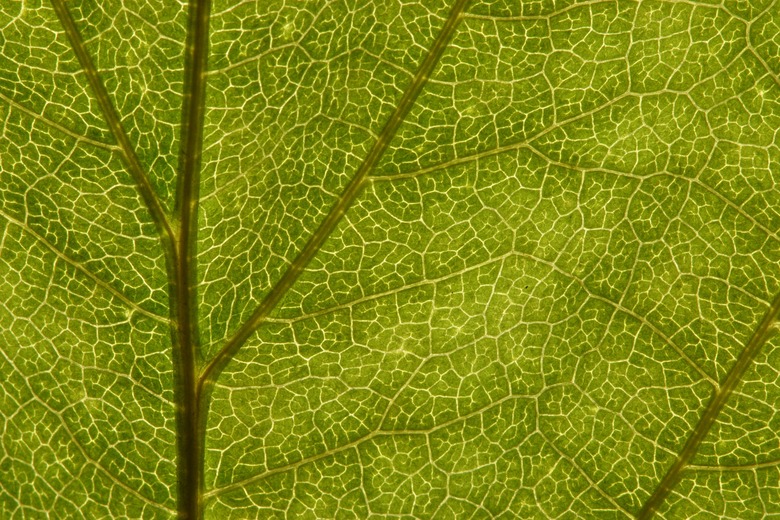What Happens In The Light Reaction Of Photosynthesis?
What is Photosynthesis?
Photosynthesis is a biological process by which energy contained within light is converted into chemical energy of bonds between atoms that power processes within cells. It is the reason Earth's atmosphere and seas contain oxygen. Photosynthesis occurs today within a variety of single-celled organisms as well as in plant cells (in specialized organelles called chloroplasts). There are two stages of photosynthesis: the light reactions and the dark reactions.
Oxidation and Reduction
Oxidation and Reduction
Compared to sugars such as glucose, carbon dioxide (CO2) is a low-energy chemical compound. CO2 is highly "oxidized" compared to a glucose, which is more "reduced." When a chemical compound, such as CO2 gains electrons, it becomes less oxidized and more reduced, and this means that it holds more energy that can be used in cells. In fact, the electrons are what holds the chemical energy. Thus, as CO2 molecules are changed chemically, carbon atoms are joined together, forming glucose, which is more reduced and thus holds more energy. While the electrons used to make glucose come from the light reactions of photosynthesis, the synthesis of glucose, using these electrons, takes place during the dark reactions.
The Light Reactions
The Light Reactions
During the light reactions of photosynthesis, light from the sun is captured through a series of reactions involving the chemical chlorophyll. This results in the synthesis of two high energy chemical compounds: ATP and NADPH, the latter whose chemical energy is held by electrons that can be transferred easily to other compounds. This set of reactions requires water (H2O) from which oxygen is released during the process. ATP and NADPH are used subsequently to produce glucose from CO2 in the next phase of photosynthesis, the dark reactions.
Cite This Article
MLA
Warmflash, Dr. David. "What Happens In The Light Reaction Of Photosynthesis?" sciencing.com, https://www.sciencing.com/happens-light-reaction-photosynthesis-5525798/. 13 March 2018.
APA
Warmflash, Dr. David. (2018, March 13). What Happens In The Light Reaction Of Photosynthesis?. sciencing.com. Retrieved from https://www.sciencing.com/happens-light-reaction-photosynthesis-5525798/
Chicago
Warmflash, Dr. David. What Happens In The Light Reaction Of Photosynthesis? last modified August 30, 2022. https://www.sciencing.com/happens-light-reaction-photosynthesis-5525798/
